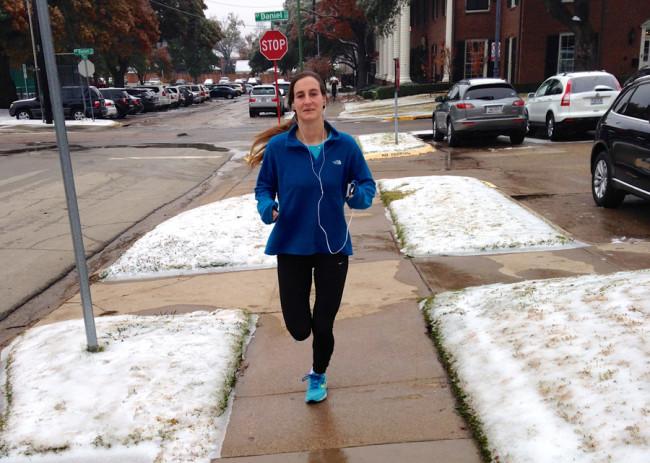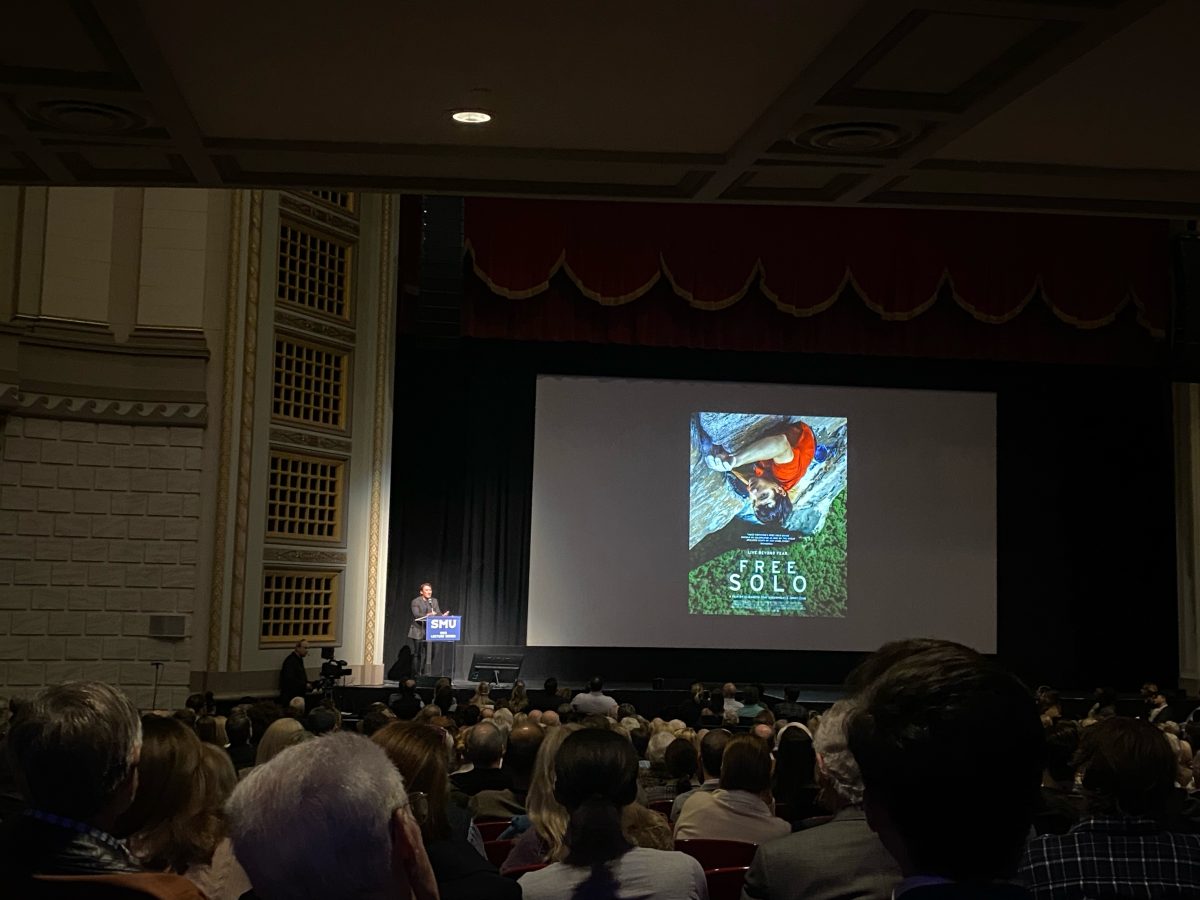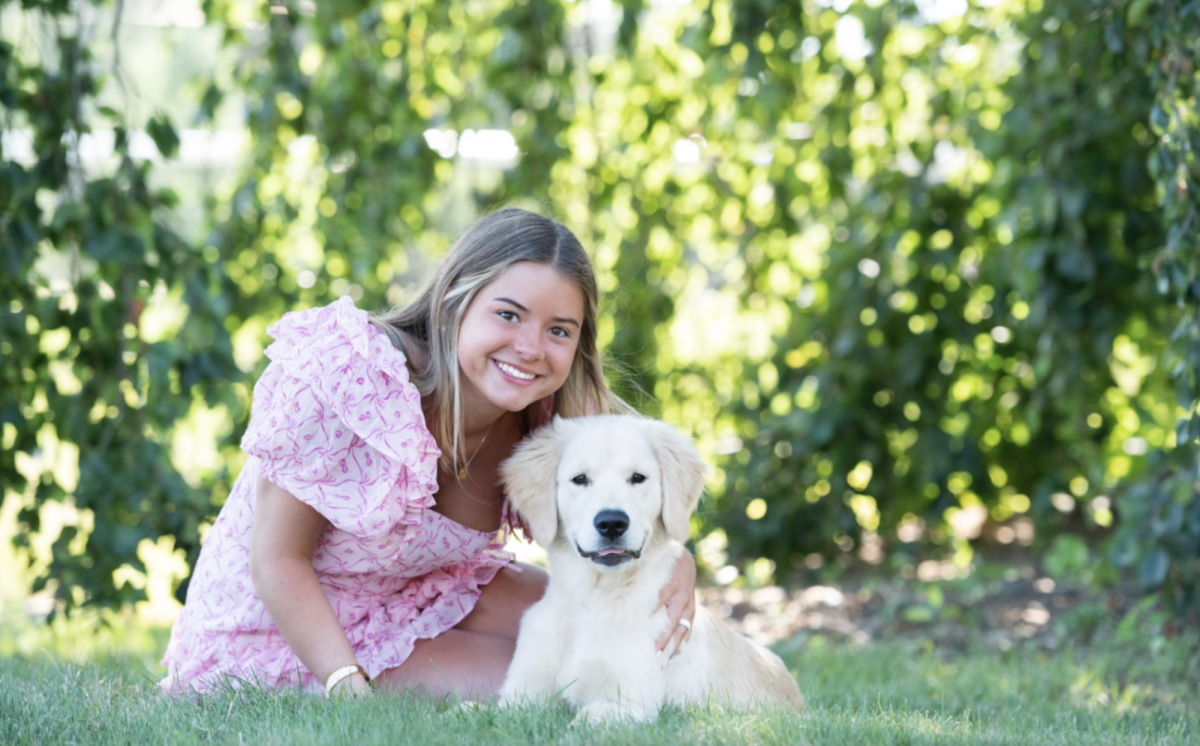
Shannon Canty, an SMU student and workout fanatic, runs almost daily, regardless of the weather. She throws on a running tank top and shorts one day, and bundles up in thermal tights and ear warmers to brace frigid temperatures the next.
“It doesn’t matter how warm or how cold it is outside, I have to go for a run–it keeps me sane,” Canty said. “My entire day is thrown off if I don’t hit the Katy Trail or run a circuit through University Park.”
Running outside during the winter might seem crazy, but it could be considered one of the best seasons to be a runner. The weather is cool and running paths like the Katy Trail and around White Rock Lake aren’t overcrowded.
Duncan Cragg, a running enthusiast and kinesiology expert, had a few key tips and strategies for anyone looking to pick up running to stay safe, even in the harshest conditions.
“The first tip is to warm up and stretch properly to avoid injury,” Cragg said. “Warm up indoors first, by doing jumping jacks or lunges to get the blood circulating, and since you’re already warm before you even step foot outside, the chance of overdressing is reduced.”
Cragg also suggested runners dress in multiple thermal layers, so if you do overheat, you can easily peel away clothing during your run as you get warmer. Lightening your layers should also be a reminder to use your water bottle.
“The second most important thing to remember is that your body sweats just as much during the winter as it does in the summer, but you don’t feel as thirsty,” Cragg explained. “Hydration is key. When you realize you need water, it might be too late.”
During the winter months, daylight hours are shorter, making it more difficult to find time to run when it’s light outside. If students choose to run while it is dark in poorly lit areas, they should make sure to wear clothing with orange or yellow reflective markings so as to be easily recognizable to passing cars.
“If you follow these basic tips, even the most inexperienced runner can make the most of running outdoors during the winter,” Cragg said. “Start with a short distance and work your way up.”
Cragg said the benefits of endorphins earned outside isn’t something that can always be replicated inside a gym.
“Running outdoors isn’t an experience you can manufacture indoors,” he said. “It just makes you feel better mentally and physically, and you’ll be more in tune with the elements and world around you.”
For those concerned about safety when running alone, there are numerous running clubs all experience levels available in Dallas — activities which not only promote good health, but also provide the opportunity to socialize while working out.
Boot camps are group fitness programs designed to build strength and fitness through a variety of exercises, while promoting a social support system within the group. They also provide a different environment for people who get bored easily in gyms, making it an excellent outdoor workout alternative during the winter months.
“Humans were made to be outside,” said Jonathan Pylant, coordinator of Camp Gladiator in Dallas.
“When you exercise outdoors, you’re not restricted by walls and you have the creativity to use the terrain as resistance. It’s a more freeing experience than working out indoors and it gets people back to their roots.”
Boot camps offer an intense workout, including both running and weight training–a benefit for individuals of all fitness levels.
“I’m absolutely hooked,” said Stacy Burke, boot camp enthusiast. “Since it’s outside, the workouts are always different, so I never get bored. I’m always curious to see what the trainer has in store for us that day.”
While exercising outdoors during the winter months boasts many positive side effects, there are some important things to keep in mind.
“The human body doesn’t have the ability to adapt to cold temperatures,” explained Dr. Benjamin Levine, a cardiologist at Presbyterian Hospital in Dallas. “The body generates heat when working out, which warms the core. People who exercise outdoors in cold weather must wear proper, layered gear, in order to keep the heat that the body generates in, and protect their chest and extremities from the wind.”
Additionally, Levine warned that sweat is water, and water reaches freezing temperatures.
“We sweat just as much in the cold as we do in any other condition,” Levine said, “so it is important to wear fabrics that wick away sweat so the body doesn’t freeze.”
If runners follow these basic tips and strategies, they can stay healthy and fit while exploring the great outdoors all winter long.







